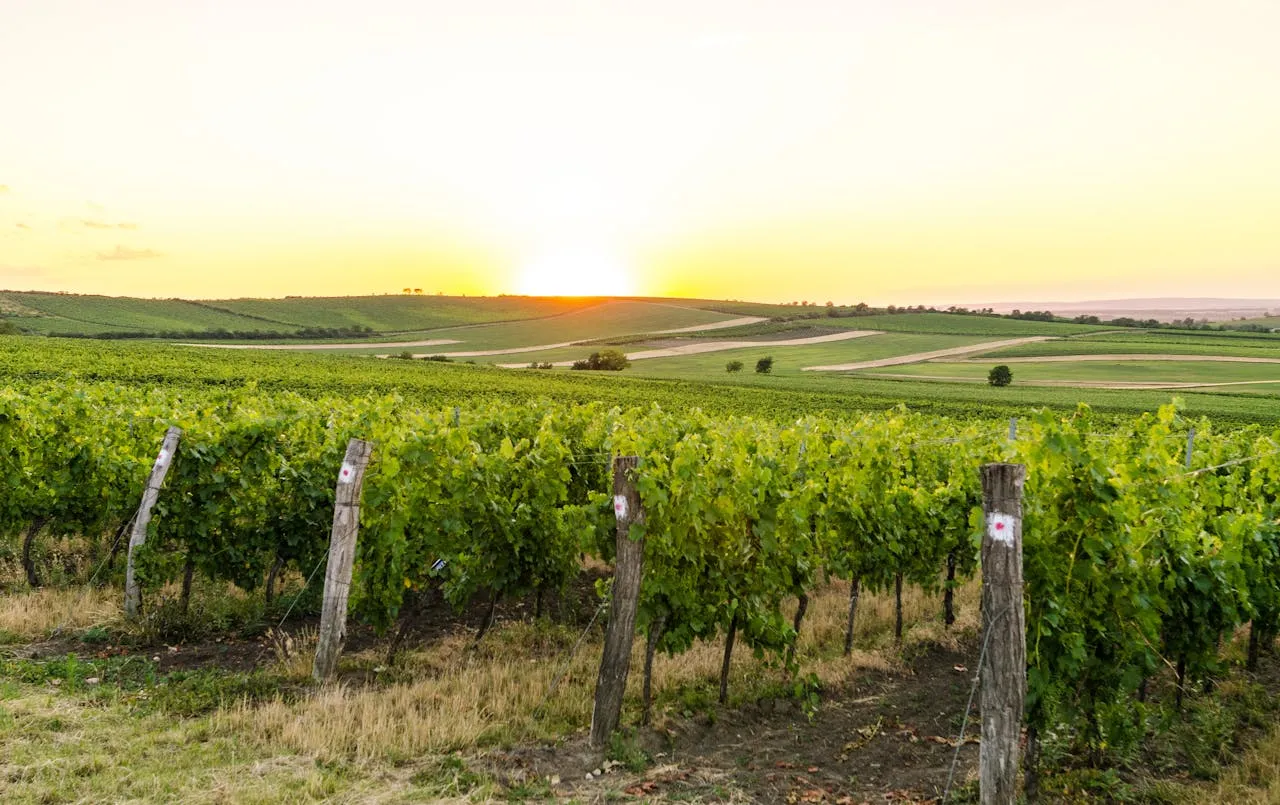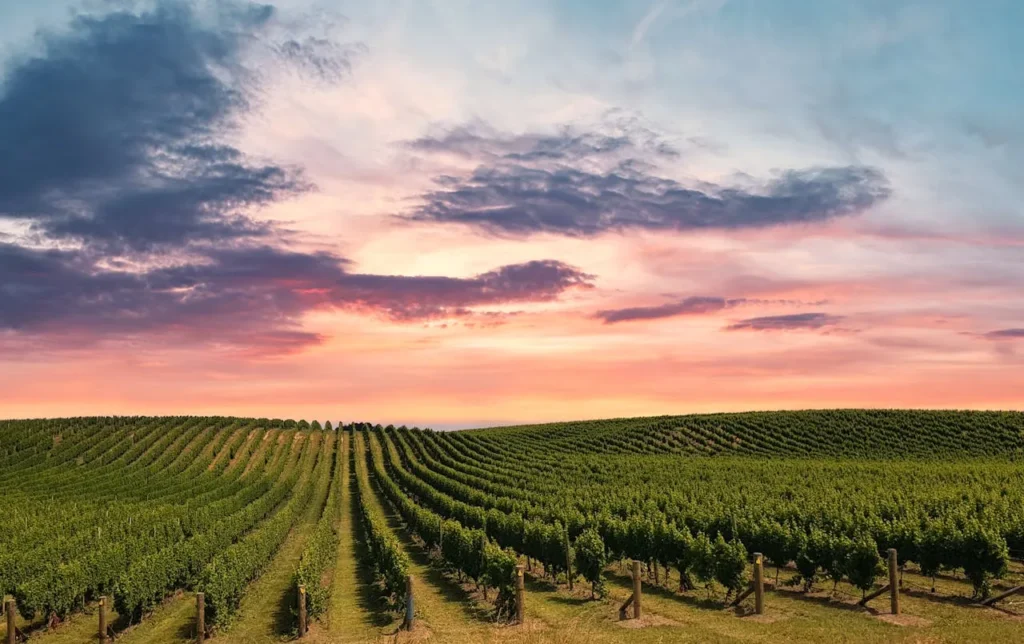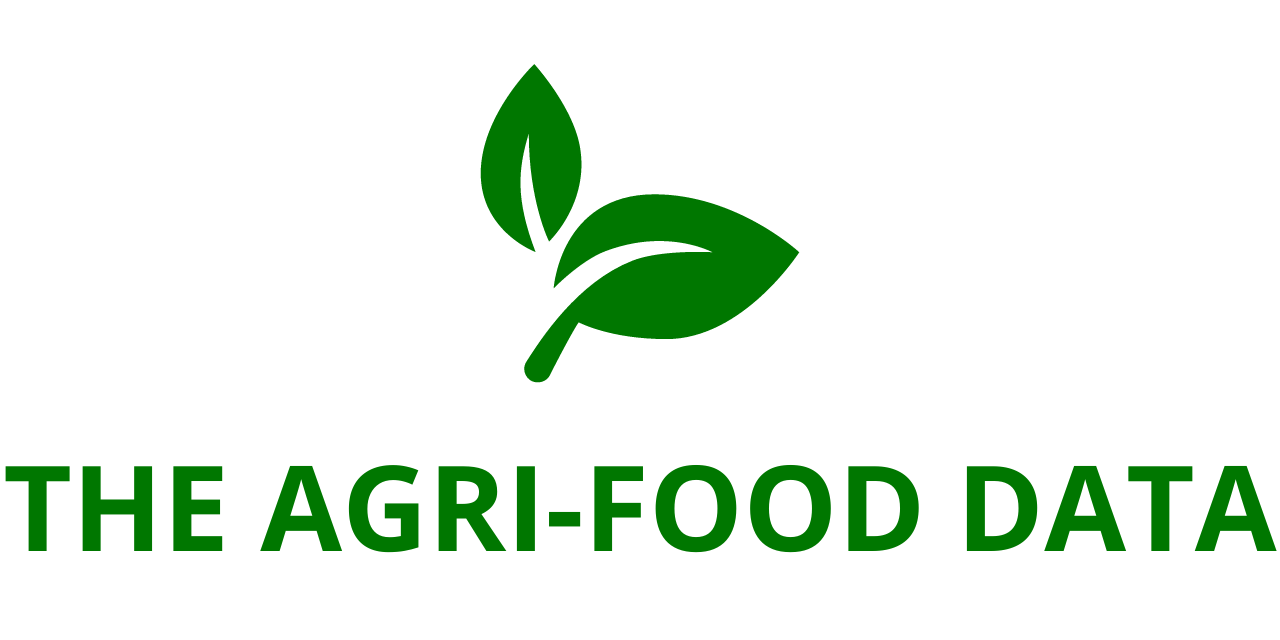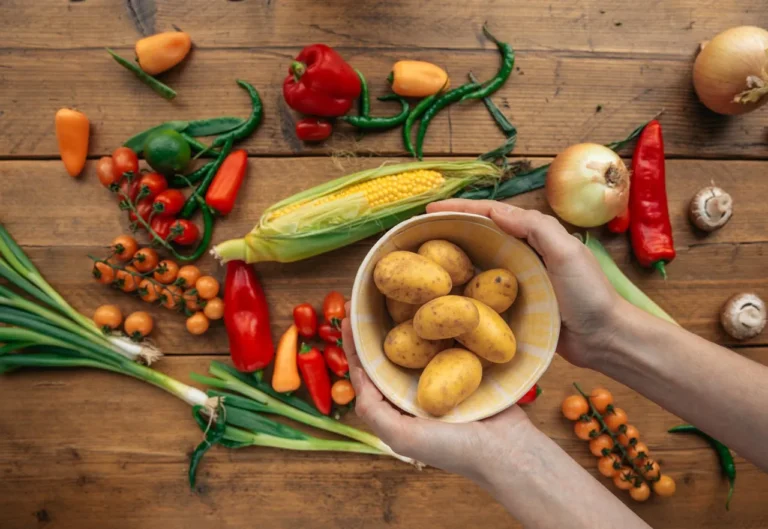
Global Farming as a Service Market Report 2025–2030 | Size, Growth Drivers, and Segment Analysis
The latest report, “Farming as a Service Market: Analysis by Service Type, Delivery Model, End User, and Region – Size, Trends, and Forecasts to 2030”, has been added to ResearchAndMarkets.com, highlighting strong momentum in the global farming as a service (FaaS) industry.
According to the report, the global FaaS market was valued at US$4.70 billion in 2024 and is projected to grow to US$11.78 billion by 2030, representing a robust compound annual growth rate (CAGR) of 16.56% during 2025–2030. This growth underscores how FaaS is reshaping agriculture by blending technology, service models, and innovative farming practices.
What is Farming as a Service (FaaS)?
FaaS refers to a service-driven agricultural model that allows farmers to access professional tools, technologies, and expertise without large upfront investments. Instead, services are delivered on a pay-per-use or subscription basis, ensuring flexibility and affordability.
The model covers a wide range of services including:
- Farm management solutions such as precision farming tools, data analytics, and crop monitoring.
- Production assistance, which includes equipment rentals, utility services, and labor support.
- Access to markets, enabling farmers to connect directly with buyers and suppliers.
By offering these services, FaaS aims to enhance productivity, reduce risks, and make farming more sustainable, particularly for small and medium-scale farmers who face barriers in adopting advanced technologies.
Growth Drivers Behind the Market Expansion
The adoption of FaaS is fueled by multiple global trends:
- Rising Global Food Demand
With the global population expected to approach 10 billion by 2050, demand for food is accelerating. FaaS helps farmers produce more efficiently and sustainably to meet this rising need. - Reduced Capital Investments
Instead of buying costly machinery or infrastructure, farmers can now rent equipment and services, lowering financial risks. - Technology Integration
The use of IoT, AI, machine learning, and 5G connectivity is revolutionizing agriculture. These technologies allow real-time monitoring, predictive analytics, and automation, creating higher yields and smarter resource use.

- Government Support
Subsidies, incentives, and rural development programs are encouraging adoption of service-based agricultural models. - Shift Toward Sustainable Farming
As climate change and resource constraints challenge agriculture, FaaS provides tools for precision farming, soil health monitoring, and water-efficient irrigation, aligning with sustainability goals.
Market Segmentation Insights
By Service Type:
- Farm Management Solutions held the largest market share in 2024. These services provide vital analytics on soil quality, weather conditions, germination rates, and yield monitoring. Farmers gain actionable insights that help optimize operations and minimize waste.
- Access to Markets is the fastest-growing segment. By connecting farmers directly with buyers and reducing middlemen, this service boosts farmer incomes and strengthens supply chain efficiency.
By Delivery Model:
- The subscription model dominated the market in 2024 and is expected to remain the fastest-growing delivery method. Subscriptions provide farmers with flexibility, scalability, and predictable costs, making it easier to adapt to seasonal demands.
- Pay-per-use models remain popular among smaller farmers with limited budgets, though subscription services are expected to overtake them over time.
By End User:
- Farmers represent the largest and fastest-growing end-user segment. They benefit the most from access to advanced technologies and services at affordable rates, enabling better yields and profitability.
- Other end users include governments, advisory bodies, financial institutions, and corporations, all of whom leverage FaaS to improve agricultural efficiency and support rural economies.
Regional Breakdown
- North America led the global market in 2024. Adoption of automation, smart agriculture, and advanced machinery is widespread in the U.S., where companies like Deere & Company and AGCO Corporation are pioneers in incorporating robotics and AI into farm operations.
- Asia-Pacific is projected to be the fastest-growing region. Rapid population growth, increasing pressure on farmland, and adoption of new technologies such as smart sensors and analytics are driving demand.
- India is a standout market due to its agrarian economy. Although agriculture contributes 15% to GDP, productivity challenges remain, including reliance on rain-fed farming and fragmented land holdings. FaaS provides a solution by offering scalable technologies, improved efficiency, and better access to markets.
Competitive Landscape and Developments
The FaaS industry is highly fragmented and competitive, with numerous players investing in innovation and expanding into emerging markets. Companies are focusing on strategic partnerships, new product launches, and sustainable practices to gain market share.
A notable example is the June 2025 partnership between Pivot Bio and Taranis. This collaboration helps farmers adopt regenerative practices such as soil testing, nitrogen stabilization, and variable rate technology while also providing access to USDA NRCS funding. Such initiatives not only improve farmer profitability but also contribute to long-term soil health and sustainability.





